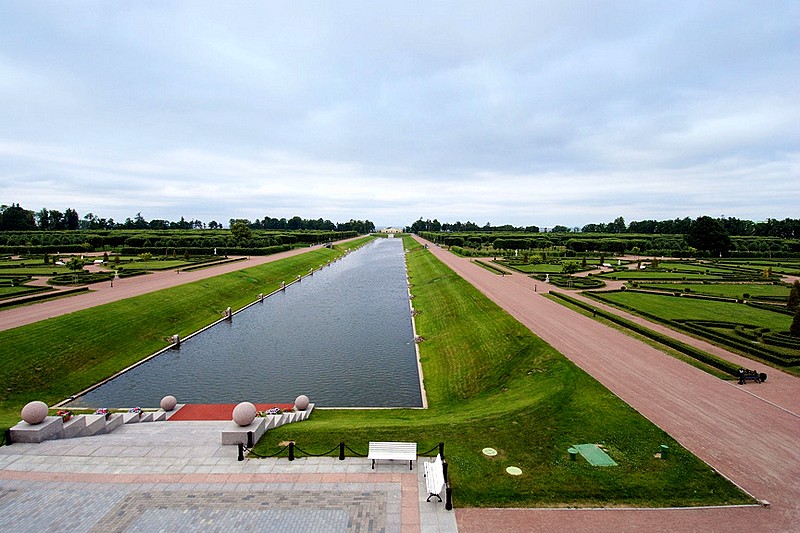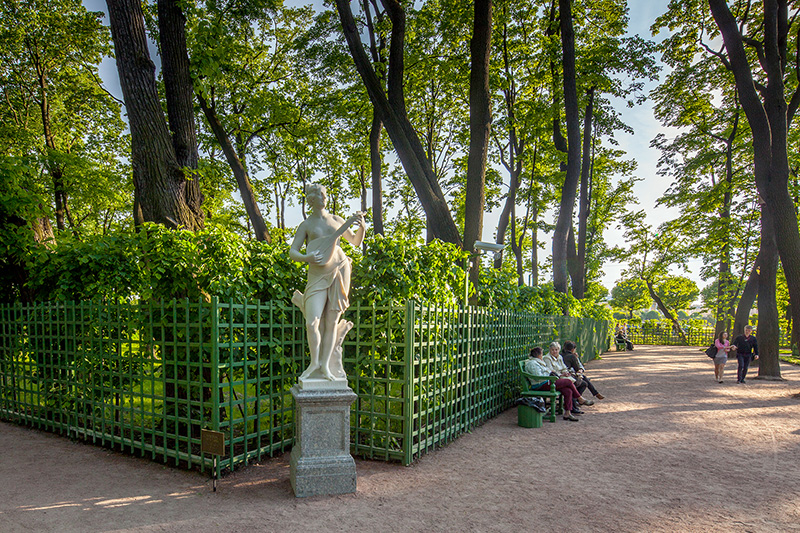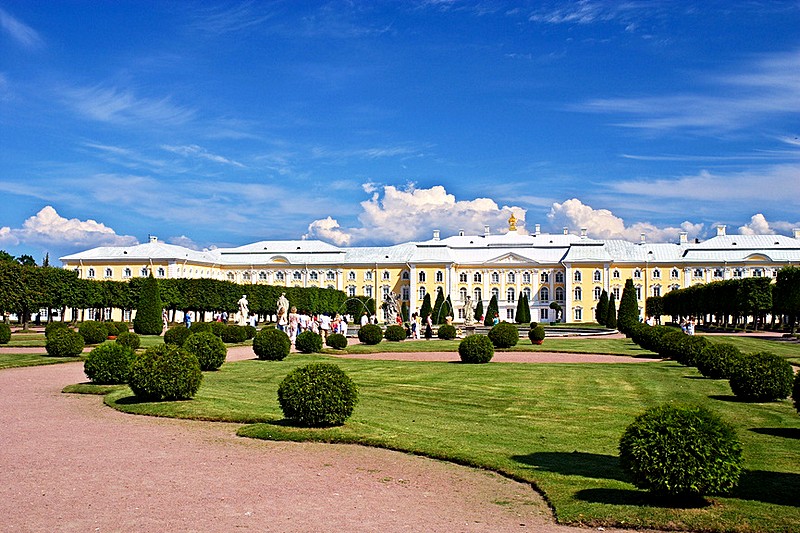Jean-Baptiste Le Blond
Architect
Born: France - 1679
Died: St. Petersburg - 10 March 1719
The son of a Parisian court painter and print-seller, Le Blond studied architecture with his uncle, Jean Girard, who was in the service of Philippe I, Duc d'Orleans. By the time he was invited to St. Petersburg in 1716, he had been appointed "architecte du roi", published significant works on architecture and garden design, and built several grand houses in Paris, including the Hotel du Vendome on what is now the Boulevard Saint Michel.
Le Blond immediately impressed Peter the Great with his energy and organizational talent, and the Tsar created for him the title of General Architect, putting him in charge of all planning, building and decorating works in St. Petersburg, Peterhof and Strelna. This immense responsibility seems to have suited Le Blond, who quickly came up with a plan for the structure of the whole city. Following Peter's desires for a geometrical city centered on Vasilyevsky Island, Le Blond envisaged St. Petersburg as a perfect ellipse surrounded by fortified walls, with the Peter and Paul Fortress at its eastern extremity. This extreme but elegant solution was discarded in favour of Domenico Trezzini's more pragmatic plan, but Le Blond's designs remained influential right through to the reign of Catherine the Great.
Despite this setback, and despite the fact that he came into conflict with several prominent figures, including St. Petersburg's first governor, Alexander Menshikov, and the Italian sculptor Carlo Bartolomeo Rastrelli, Le Blond retained the trust of the Tsar. At Peterhof, he planned the Upper Park, supervised construction of the Grand Palace, and oversaw the decoration of Peter's private retreat, Monplaisir. He designed the interiors of the Summer Palace of Peter the Great, and drew up plans for several parks, including the Summer Garden, Ekaterinhof, and the formal gardens, including a "water garden", at Strelna. The latter were eventually executed during the reconstruction of the Constantine Palace in 2003. He also designed and built St. Petersburg's grandest residence of the era, the Apraksin Mansion, which was later demolished to make way for the Winter Palace.
No less significant for the development of the city was Le Blond's establishment of workshops in a variety of arts and crafts - including architecture, cabinetmaking, ironmongery, and tapestry - where French master-craftsmen trained Russians in the latest techniques. He also designed standard houses that could be copied to help the faster development of the city, and designed the first hemp oil street lamps in the city.

All of this he achieved in only three years. In 1719, he died in St. Petersburg of smallpox. Peter the Great attended his funeral, and he was buried in the cemetery of St. Sampson Cathedral. Along with the Italian Domenico Trezzini, Jean-Baptiste Le Blond deserves to be considered as second only to Peter himself in terms of contribution to establishing and conceiving the city of St. Petersburg.
Works: Upper Park (Peterhof), Monplaisir (Peterhof), Ekaterinhof, Formal Gardens (Strelna)



